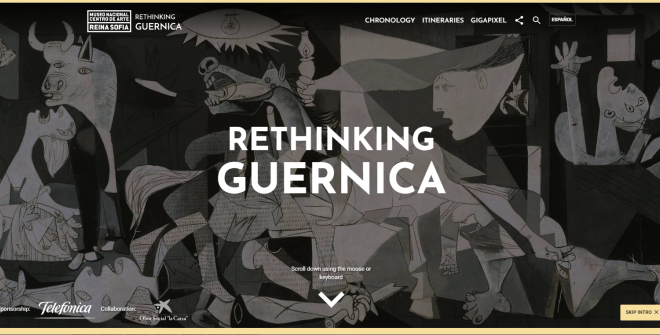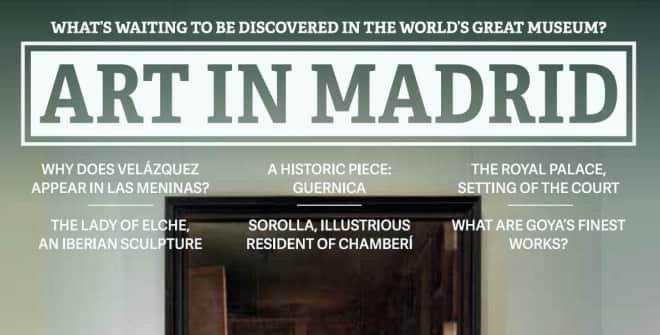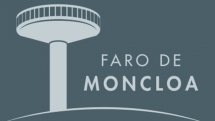The two Museum buildings located in El Retiro Park (the Glass Palace and Velázquez Palace) are temporarily closed for renovation.
At one end of Paseo del Arte (Art Walk), you’ll find this iconic museum, home to an impressive collection of modern and contemporary (mainly Spanish) art of international renown. The Reina Sofía Museum not only holds works by Dalí, Miró and Juan Gris, but it's also where you'll find Pablo Picasso’s masterpiece Guernica, which immortalises the suffering inflicted by the Guernica bombing of 27 April 1937 during the Spanish Civil War.
Other must-see pieces on display include A World by Ángeles Santos; Salvador Dalí’s The Great Masturbator; The Fair by Maruja Mallo; and Snail, Woman, Flower, Star by Joan Miró.
The museum’s collection features outstanding works by such Spanish artists as Antoni Tàpies, Eduardo Chillida and Jorge Oteiza, as well as international names including Louise Bourgeois, Lucio Fontana, Francis Bacon and Richard Serra. It’s also a fantastic showcase of works from art movements and groups like the Spanish collective El Paso (Antonio Saura, Manolo Millares), the French Nouveau Réalisme artistic movement (Yves Klein), Brazilian Neo-Concrete Art (Lygia Clark), Italian Arte Povera (Michelangelo Pistoletto) and LGBTQ+ protest art in Latin America (Pedro Lemebel).
Since April 2025, the Museo Reina Sofía has once again been exhibiting El abrazo (The Embrace) by Juan Genovés as a highlight of its new gallery on the Spanish Transition, From Dictatorship to Democracy: Art in Transition (1975–1978). The gallery’s opening coincides with the series of events titled Spain in Freedom: 50 Years, organized by the Spanish Government to mark the end of the Franco dictatorship.
Buy the Paseo del Arte Pass so you can enjoy Madrid's three most renowned museums at a reduced rate!
The Building
The Reina Sofía Museum is housed in a neoclassical building located in Atocha. It was originally erected as a hospital in the 16th century by Philip II who wanted to centralise all the court’s hospitals in one place. Later, in the 18th century, Charles III commissioned the expansion of the facilities, with architects José de Hermosilla and, particularly, Francisco Sabatini playing key roles in shaping the current building.
Over the years, it underwent numerous modifications until the hospital was finally closed in 1965. Declared a Historic-Artistic Monument in 1977, the building underwent restoration work that began 1980. The Reina Sofía Art Centre opened in 1986, using the first and second floors for temporary exhibitions. The final renovations were completed at the end of 1988 and included the three glass and steel elevator shafts designed by British architect Ian Ritchie.
The Permanent Collection was inaugurated on 10 September 1992, officially establishing the Reina Sofía as a museum. It was later expanded between 2001 and 2005 by architect Jean Nouvel, who added more exhibition space, a library and an auditorium. Following a major renovation, the auditorium reopened in 2025 as a versatile screening room equipped with the latest technology, while the rooftop terrace of the Nouvel building was also transformed into a new open-air exhibition space, now home to three large geometric sculptures.
The museum has two other spaces in Madrid: Velázquez Palace and the Glass Palace. Both venues, which host temporary exhibitions and site-specific art installations, are located in El Retiro Park.
 F_E_EA_1210_GD_reina_sofia_40_alta.jpg
F_E_EA_1210_GD_reina_sofia_40_alta.jpg MuseoReinaSofia_1404213587.217.jpg
MuseoReinaSofia_1404213587.217.jpg JuanGris_1407148885.721.jpg
JuanGris_1407148885.721.jpg















